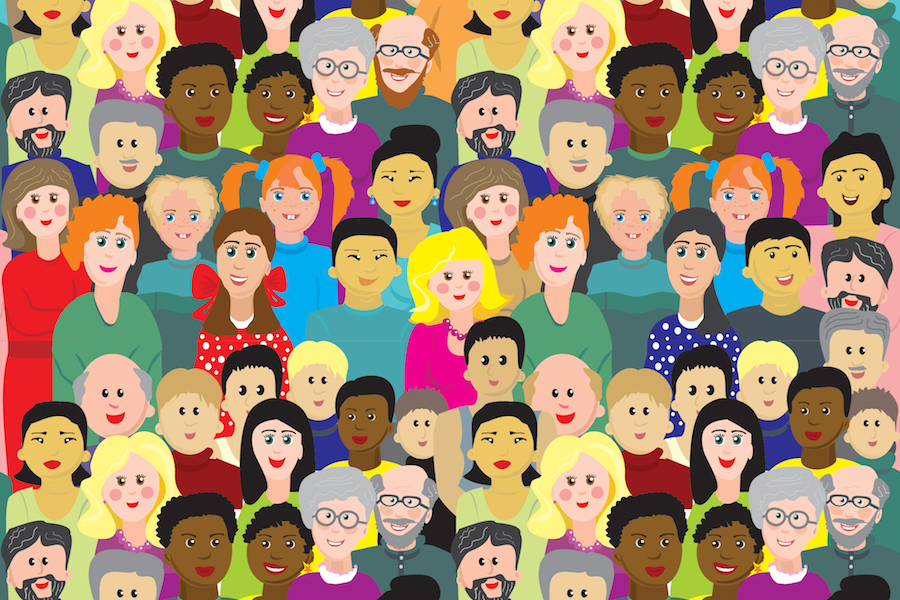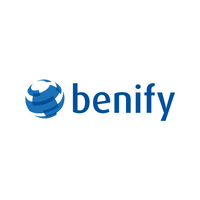Give employees what they want: How to personalise the employee experience

Similarly, prior streaming movie services and digital media players (DMP), TV stations broadcasted programs on free-to-air TV at specific times and ultimately decided what we could watch and when. There was no customisation and no personalisation.
Today, whether we’re listening to music on Spotify or watching a series or film on Netflix, not only do we have an unparalleled selection to choose from, we can listen or watch anywhere, anytime. Better yet, after listening to a song or watching a film just once, we immediately have recommendations waiting for us based on our viewing or listening history. “Did you like that? Try this!”. Or, “Since you liked that song, we think you’ll like this artist”.
These algorithms mean that every time we launch our music or movie apps, we are presented with content that resonates with us personally. And that’s the key – it’s personal. In fact, when launching an app, no two people will see the same interface with the same recommendations, history or preferences. The experience is personalised.
In a recent blog post, HubSpot likened personalisation to: “Someone giving you a fitted baseball cap with your favourite team’s logo on the front and your initials stitched in on the side. In contrast, non-personalisation is like someone giving you a one-size-fits-all baseball cap with some team you hate’s logo on the front. No initials. No consideration for your preferences whatsoever.”
It’s a great analogy.
Personalisation Equals Relevancy
As reported by Lindex, a study conducted by Agilone of 3,000 U.S. and U.K. consumers revealed that 70 per cent of people say they expect personalised experiences when they interact with brands.
So, why is personalisation so important to us? A study from the University of Texas found that one of the reasons is because it helps reduce information overload. Every day we are bombarded with information; be it emails, text messages, or social media – everything is competing for our attention. However, through personalisation, we have better control of what we see and what is shown; we’re able to filter information to match our preferences.
However, as the earlier mentioned HubSpot post suggests, even with personalisation and filtering, the actual volume of incoming information may, in fact, be the same. However, our perception is that it seems less. Why? Because the information is relevant to us. And relevancy is the keyword when we talk about personalisation.
While we may still receive and take in a ton of information, relevancy makes the volume of information less overwhelming.
The workplace is no different.
How To Personalise Employee Experience
In today's workplace, we can find baby boomers, Generation X, millennials, and Generation Z all in one place. The issue is, however, that each generation has its own priorities, needs, and preferences depending on where they are in their lives.
Employers need to provide both existing and potential employees with a personalised and engaging experience. So, how do you personalise employee experience? By tailoring your offer to the individual, which also puts you, as an employer, in a better position to attract, reward, and retain talent. How do you tailor your offer? By making it relevant and providing individuals the flexibility to choose things they want.
From flexible spending accounts, mobility discounts, subsidies, health and wellness benefits and extended family benefits, employers can offer something for all their employees on a personal and individual level.
Want to know which are the most desired employee benefits? Download the Top 10 Employee Benefits here.
This article is provided by Benify.
Supplied by REBA Associate Member, Benify
Benify offers the market's leading global benefits and total reward platform.







